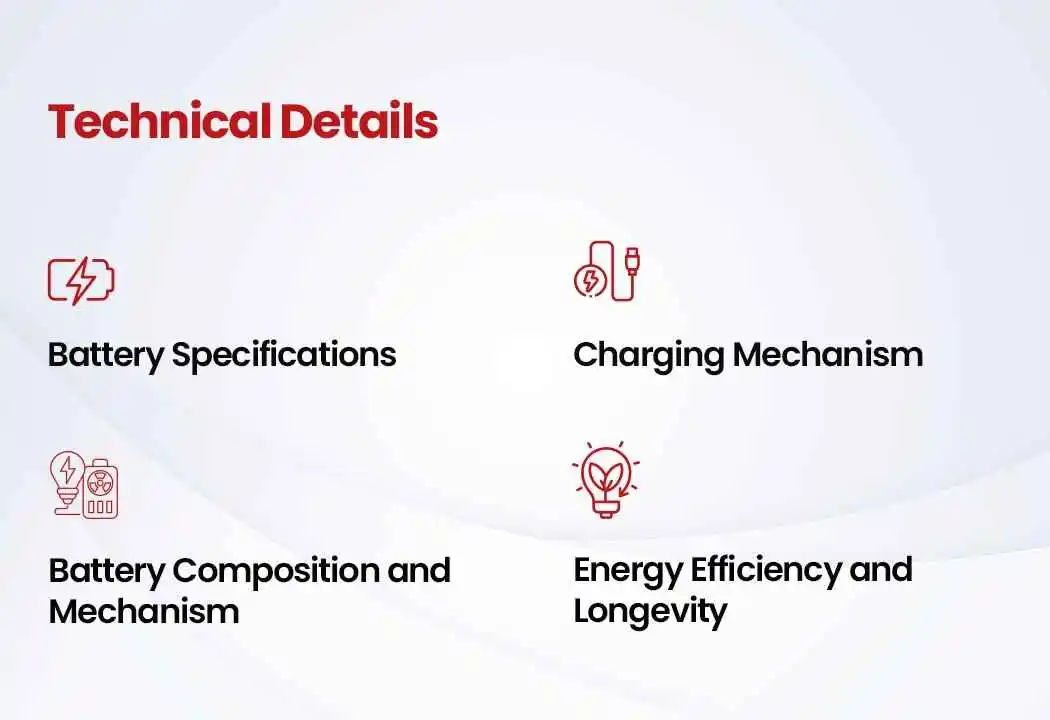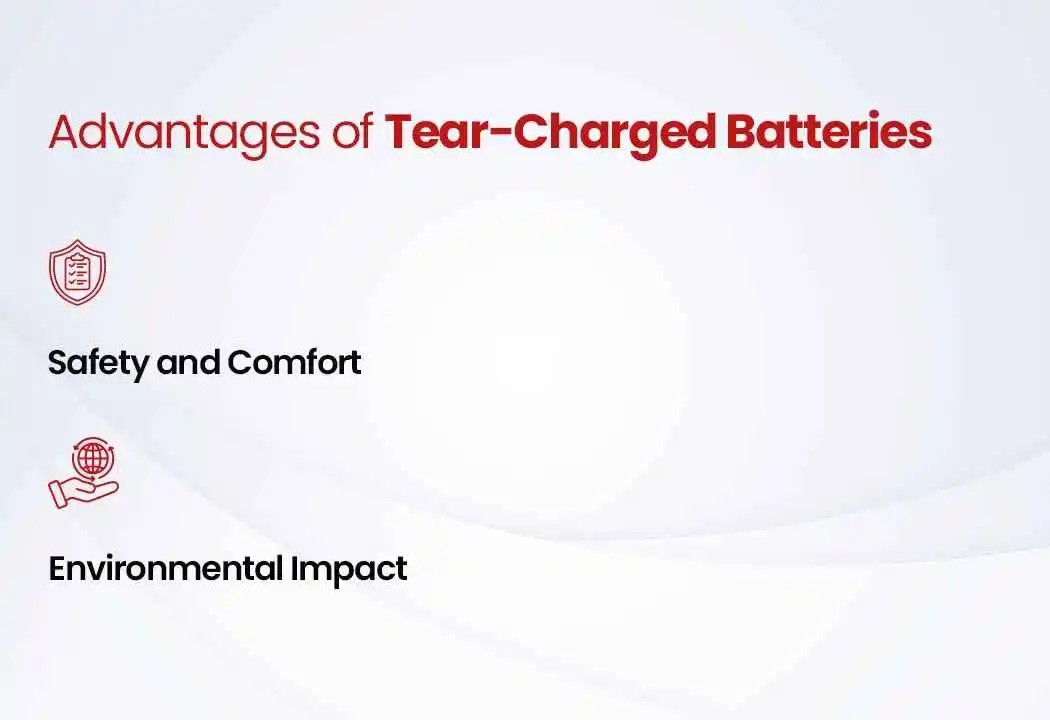A significant breakthrough in this field comes from a research team led by Lee Seok Woo at NTU’s School of Electrical and Electronic Engineering. They have developed a metal-free battery for smart contact lenses that can be charged by the user’s tears.
This battery is crafted from biocompatible materials and coated with a glucose-based layer. The coating reacts with sodium and chloride ions present in tears, generating electricity through an enzymatic.
How It Works
The innovative tear-charged battery operates through a combination of enzymatic and self-reduction reactions. The glucose coating on the battery reacts with the ions in tears to generate an electric charge.
This method ensures that both electrodes of the battery are charged simultaneously, a significant improvement over previous techniques where only one side was charged. This design not only makes the battery safer and more effective but also leverages natural bodily fluids to sustain power.
This revolutionary approach addresses many of the limitations of traditional power sources for smart contact lenses. The battery is ultra-thin, measuring about 0.5 mm, and flexible, fitting comfortably within the contact lens.
It produces a current of 45 microamperes and a maximum power output of 201 microwatts, sufficient to power the lens throughout the day. Moreover, it can be recharged by simply placing the lens in a saline solution overnight, ensuring it starts each day fully charged.
Technical Details
The tear-charged battery developed by NTU researchers boasts impressive technical specifications that make it suitable for integration into smart contact lenses.
The battery is incredibly thin, measuring approximately 0.5 mm, which is comparable to the thickness of the contact lens itself. This ultra-thin design ensures that the lens remains comfortable for the wearer while incorporating advanced electronic functionalities.
The battery generates a current of 45 microamperes and a maximum power output of 201 microwatts.
These figures are sufficient to power the smart contact lens for a full day of use. This power output supports basic functionalities such as data transmission and potentially more advanced features like augmented reality displays and health monitoring sensors.
The innovative aspect of this battery lies in its dual charging mechanism. It can be recharged using both a regular wired method and a chemical method involving the user’s tears.
The chemical method utilizes a glucose-based coating on the battery, which reacts with sodium and chloride ions present in tears. This reaction generates an electric charge that replenishes the battery’s power.
In practical terms, the battery can extend its life by an additional hour for every twelve hours of wear when exposed to the user’s tears.
For more intensive charging, the lens can be soaked overnight in a saline solution enriched with glucose, potassium, and sodium ions. This ensures that the battery is fully charged and ready for a new day of use each morning.
The flexibility and efficiency of this charging mechanism make it particularly advantageous for smart contact lenses, as it leverages natural bodily fluids to sustain power without requiring bulky or heavy components.
Battery Composition and Mechanism
The tear-charged battery developed by NTU researchers is composed of biocompatible materials, ensuring it is safe for use in contact lenses. The battery’s core innovation lies in its glucose-based coating, which reacts with sodium and chloride ions found in tears to generate electricity.
This enzymatic reaction is not only efficient but also safe, avoiding the use of harmful metals that could pose risks to the eye. The biocompatible nature of the materials used means that the battery can be integrated into the lens without causing irritation or adverse reactions.
Energy Efficiency and Longevity
The battery’s energy efficiency is notable. It can produce a current of 45 microamperes and a maximum power output of 201 microwatts, sufficient to power basic functionalities in smart contact lenses.
In laboratory tests using simulated tear solutions, it was found that for every twelve hours of wear, the battery life can be extended by an additional hour. The battery can withstand up to 200 charge-discharge cycles, providing a reasonable lifespan for regular use.









